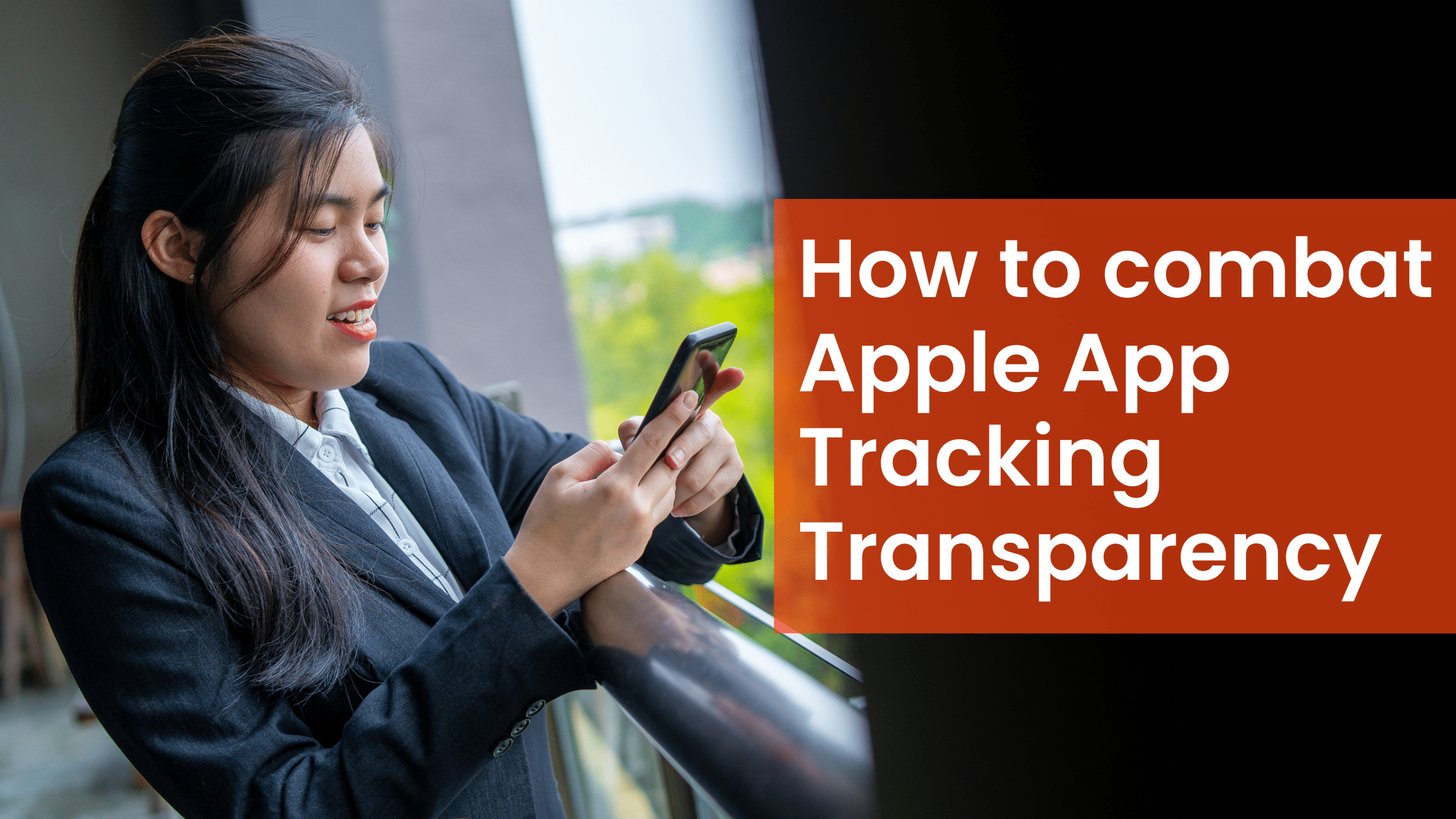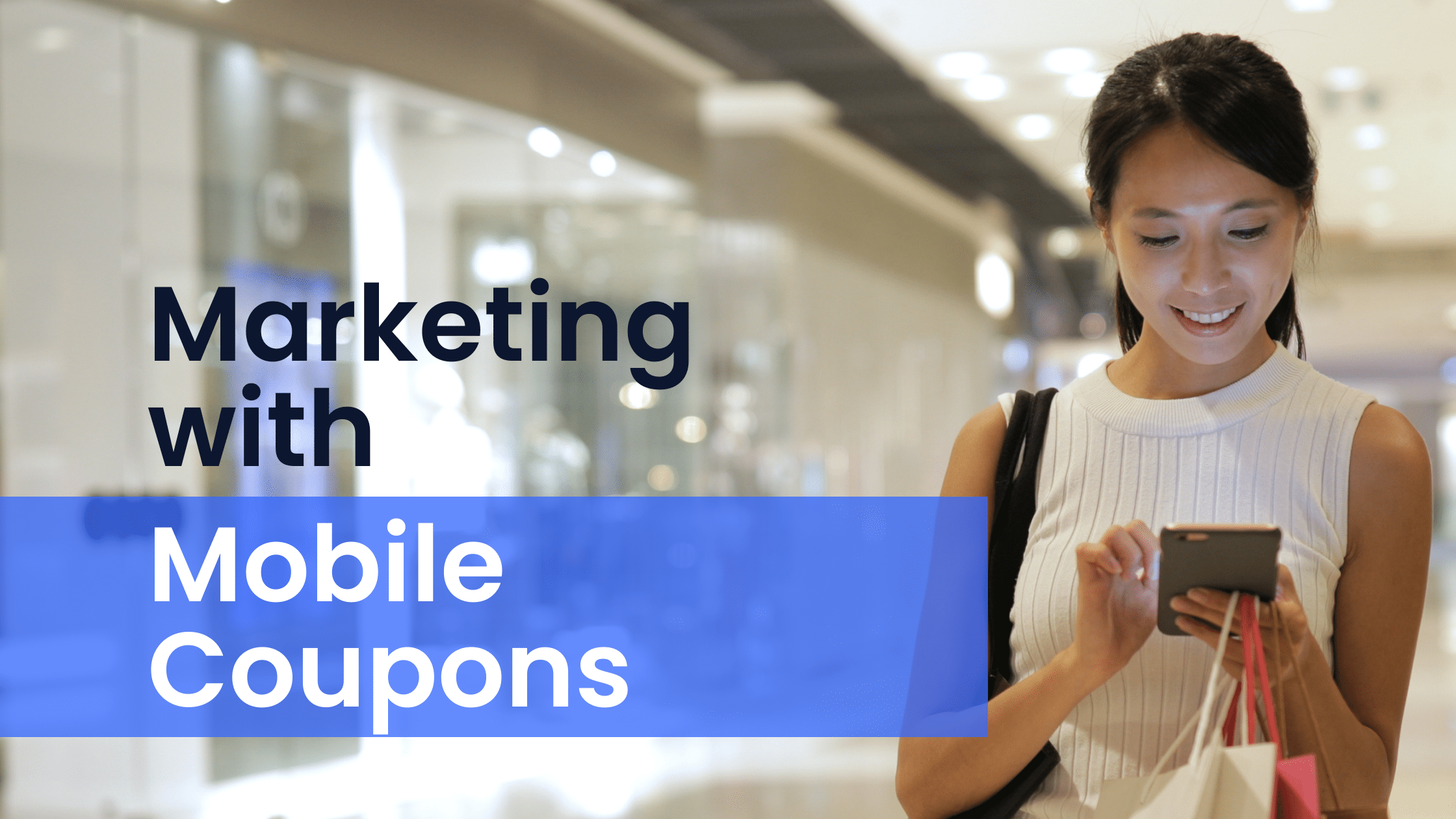
Branding, Digital, Featured, Marketing, Media, Mobile, Social Media, Strategy, Technology, Website
 In the digital age, the rise of AI-generated written content has revolutionized how we consume and produce information. However, amidst this technological boom, the value of video content on social media cannot be overlooked. Video content uniquely captures attention, evokes emotion, and builds lasting connections with audiences. In this blog post, we will discuss the importance of creating video content for social media in the world of AI-generated written content and explore how this medium can elevate your brand’s online presence.
In the digital age, the rise of AI-generated written content has revolutionized how we consume and produce information. However, amidst this technological boom, the value of video content on social media cannot be overlooked. Video content uniquely captures attention, evokes emotion, and builds lasting connections with audiences. In this blog post, we will discuss the importance of creating video content for social media in the world of AI-generated written content and explore how this medium can elevate your brand’s online presence.
The Human Touch in Video Content
While AI-generated content has significantly changed the landscape of written content, it still lacks the human touch, which is essential in creating an emotional connection with the audience. Video content, on the other hand, allows creators to showcase their personality, emotions, and authenticity, fostering a deeper connection with viewers. By investing in video content, brands can harness the power of human emotions to create a memorable experience for their audience.
Higher Engagement Rates
Studies have consistently shown that video content outperforms text and image-based content in engagement. This is because videos are highly shareable, and people are likelier to watch, comment, and share a video on social media than a text-based post. By leveraging video content, businesses can increase their reach, generate more leads, and drive conversions more effectively.
Better Storytelling Capabilities
Storytelling is a powerful way to communicate complex ideas and create an emotional connection with your audience. Video content excels at storytelling, combining visuals, audio, and text to deliver a more immersive and engaging experience. Whether it’s a product demonstration, an explainer video, or a customer testimonial, video content allows brands to share their stories more captivatingly than written content alone.
Improved SEO and Visibility
Search engines like Google are increasingly prioritizing video content in their algorithms. High-quality video content can improve your website’s search rankings, driving more organic traffic. Additionally, video content is more likely to be featured in search results. It can be easily embedded on your website, increasing visibility and engagement.
Versatility and Adaptability
One of the greatest strengths of video content is its versatility. Videos can be repurposed and adapted for platforms like YouTube, Facebook, Instagram, and TikTok. This allows businesses to maximize their content’s reach and impact while catering to different audiences’ unique preferences. Additionally, video content can be easily updated and modified, ensuring your brand stays relevant in the ever-changing digital landscape.
Conclusion
As AI-generated written content increases, it’s essential to recognize the value of video content on social media. Videos offer a unique opportunity to connect with audiences on a deeper level, increasing engagement, driving conversions, and improving visibility. By integrating video content into your digital marketing strategy, you can harness the power of storytelling and authenticity to elevate your brand’s online presence and stay ahead in the competitive world of social media.
Please contact us if you want to learn more about our new 747 product, which increases and deepens social media connections utilizing video.

Data, Digital, Featured, Marketing, Media, Mobile, Paid Media, Technology
 In recent years, privacy concerns have become a significant issue in the digital world, especially for Apple’s AppTrackingTransparency (ATT). With Apple’s latest update, iOS 14.5, AppTrackingTransparency requires apps to obtain explicit user consent before tracking their data. This update is a significant shift for marketers, advertisers, and app developers who rely on user data for targeted advertising. Here are the top three tactics to combat Apple’s AppTrackingTransparency:
In recent years, privacy concerns have become a significant issue in the digital world, especially for Apple’s AppTrackingTransparency (ATT). With Apple’s latest update, iOS 14.5, AppTrackingTransparency requires apps to obtain explicit user consent before tracking their data. This update is a significant shift for marketers, advertisers, and app developers who rely on user data for targeted advertising. Here are the top three tactics to combat Apple’s AppTrackingTransparency:
- Use first-party data
The first tactic to combat Apple’s AppTrackingTransparency is to use first-party data. First-party data refers to data businesses collect directly from their customers or users. This data includes user behavior on a website, app, or product usage. By collecting and using first-party data, businesses can create personalized and targeted experiences without relying on third-party data.
- Invest in contextual targeting.
The second tactic is to invest in contextual targeting. Contextual targeting is the practice of delivering ads based on the content on a website or app. Instead of relying on user data to target ads, contextual targeting delivers ads based on the context of the page or app the user is on. This approach allows businesses to target users based on their interests and behavior without tracking their personal data.
- Use alternative advertising channels.
The third tactic is to use alternative advertising channels. With the rise of privacy concerns, businesses must explore alternative advertising channels beyond social media and display advertising. Some examples of alternative advertising channels include influencer marketing, email marketing, and podcast advertising. These channels allow businesses to target audiences without relying on personal data.
In conclusion, the recent iOS 14.5 update has made privacy a top priority for Apple users. As a result, businesses need to adapt their advertising strategies to combat Apple’s AppTrackingTransparency. By using first-party data, investing in contextual targeting, and exploring alternative advertising channels, companies can create targeted experiences without relying on personal data. It’s time to think outside the box and explore new advertising channels that offer value to businesses and users.

Digital, Marketing, Mobile, Paid Media, Social Media, Technology

The Relentless March of Digital Transformation
One of the best things about being a dead-center GenXer is that I’ve witnessed and engaged with the most disruptive period of digital transformation in our society. It’s taken on so many forms, due to the ruthless efficiency of innovation in the tech sector. Think about it just from the hardware perspective: we’ve gone from computers the size of large rooms (or even entire floors of buildings) to desktops, laptops, tablets, and even mobile phone and watch-sized devices.
What that hardware revolution has done is open up an ever-changing array of channels–websites, apps, OTT broadcasting–that we all engage with each day. The power of digital has influenced so much, and I’m grateful for playing a leading role at times in an area that’s transformed society in a lot of good ways.
Tech: The Gift That Keeps on Giving
Back in my chief marketing officer days, I was part of several major digital initiatives, including building the first e-commerce sites, apps, and CRMs at big box retailers. The great thing about technology is that it’s the gift that keeps on giving. Just when we thought we’d hit the peak of the mountain, such as with a customer loyalty program that tracked customer shopping patterns, we’d see something else that would at first interest us and then help us become more profitable once we figured out how.
As I’ve mentioned in this space previously, tech begins to really work wonders when you see where a customer-centric mindset can take you. When I was working with the great team at Michaels Stores, the arts & crafts retailer, we liked to focus much of our work on understanding our key customer demographics. Chief among these was working moms.
We were able to get into the mindset of this important group (not only to Michaels, but to society itself!). A typical working mom would be commuting to work, putting in a long day at the office, and then returning home. But upon their return, they would be working again, feeding their families and overseeing the bedtime routine. For those of you who’ve raised children, this is no small feat, and it’s like tacking on two to three hours of overtime to your already stressful workday.
Using Tech to Engage in Profound Ways
As a team, we had a lot of empathy and sympathy for these working moms. We liked to think of Michaels as one of their guilty pleasures. After finally settling down a bit at 7:30-8 o’clock, they might be turning on the TV and logging in to their laptops, phones, or tablets to go to our website and social channels. We thought of ourselves as a place of refuge almost, where working moms could come to us for ideas to make their lives brighter and better.
Another key element to understanding the relentless march of technology is that even when you land on something cool like building Pinterest and Instagram experiences for working moms, generational behaviors will take you to different places. And you need to get packed and ready to go, at a moment’s notice–when the data tells you that your key customers are migrating to different channels.
We’re experiencing this right now as a new group, Generation Z, has firmly entered the workforce and in some cases begun to build families. Gen Z may be our biggest challenge to date in understanding digital behaviors and preferences. Every generation can be a reaction to the previous one.
Heading in New Directions with GenZ
Behaviorally, GenZers are already taking us in some new directions. They’ve largely abandoned the remaining first-wave social networks like Facebook and Twitter, in favor of Instagram and TikTok. They are more visually oriented, as these channel preferences indicate, and innovation is mirroring their preferences to make content even more bite-sized than before (think: Instagram Reels, YouTube Shorts, and of course, TikTok).
As a result of these preferences and behaviors, some revealing data is coming to light. They are accelerating and amplifying the importance of content–and LOTS of it. I read a fascinating article recently, one that contrasted the roles that TikTok and Google play in GenZ search activity. The article was diving into the reported phenomenon that TikTok was now Gen Z’s number one preferred search engine. Yet, their research showed that TikTok’s main purposes for Gen Z reflected the top-of-funnel and bottom-of-funnel content that’s effective on that platform. Think about how influencers expose their audiences to products and then often offer discount codes to buy them yourself.
So if you’re looking to increase your business with Gen Zers, some of whom are now in their mid-20s and have quite a bit of purchasing power. This TikTok and Instagram-led phenomenon isn’t just dictating purchases. It’s affecting how we’re reaching this generation for other purposes, including job recruiting. You’ve got to go where your targets are, whether you’re trying to sell products or fill jobs.
If the other eras of digital transformation are any indication, it’s going to be a heck of ride in the next 10-15 years, as Xers like me venture into retirement and both the workplace and the coveted 18-49 demographic is comprised completely of Millennials and Gen Z.
Buckle up.

Digital, Featured, Marketing, Mobile
Coupons have been attracting customers for over a century! Did you know the first coupon was used in the late 1800s? It was a simple handwritten ticket for a free soda, and the strategy changed the company’s direction forever. A year later, Coca-Cola was being sold nationwide. That coupon completely transformed the marketing industry.
Today, almost 50% of shoppers search for coupons before they purchase. This tells us your target audience is already looking for offers on their favorite products and services. A survey in 2020 showed that over 75% of consumers of all ages would try a new brand if they were offered a coupon. Your product is the variable, but the coupon concept is proven. A discount is exactly what most consumers want.
Coupons may be CUSTOMER magnets, but what’s in it for YOU as the RETAILER?
Mobile coupons offer your business a unique opportunity to attract your customer, connect through multiple digital streams and cultivate loyalty to grow your brand. And with smartphones in the hands of billions of consumers worldwide, marketing to your ideal customer with a mobile coupon keeps getting easier.
For the retailer, a customized coupon targets a specific and ideal audience. Furthermore, the customer can utilize technology to access this unique offer with a mobile coupon. Therefore the coupon acts as a reminder to your consumer and an effective marketing tool.
This promotional strategy is valuable in a variety of applications. For example, coupon offers are used effectively to make room for new products by offering a coupon on overstock to clear shelves. Or another advantage is the ability to advertise new products directly to your shoppers. Distributing coupons generates a buzz and encourages consumer engagement.
When a shopper discovers your offer, the coupon creates an opportunity to connect the shopper directly to your brand. Some effective coupon strategies include inviting your consumer to join your text and mailing list and opt-in on promotional offers. This point of contact is also an opportunity to share highlights and upcoming events to encourage further consumer interaction with your company. You can efficiently deliver coupons and future marketing campaigns by establishing this connection long after the initial coupon is distributed. Any digital offer after the first coupon offers a gentle reminder for a return visit.
Mobile coupons are customizable and measurable. Your coupon is created to meet the goals of your company. This may help control revenue fluctuations when applied correctly in a marketing campaign. A mobile coupon campaign can be customized to fit the business’s needs or goals, including time-sensitive offers or specific limitations on purchases. As you can see, coupons attract customers, and when you provide excellent customer service, they will continue coming back. Therefore by using mobile coupons as a marketing advantage, you foster customer loyalty.
Risk Awareness
There are risks to consider with any marketing idea, and this is true with utilizing a mobile coupon strategy. These risks should be carefully calculated to create a plan for your business’s success. A couple of things to consider are profit margins and revenue awareness. Knowing your profit margin allows you to create an enticing offer without increasing the chance of loss. This margin includes any profit loss from the promotion and any cost of producing the coupon. Of course, offering a discount on goods or services will cost the business something in the long run, but with a good grasp on margins, you can use coupons to create profit. Without a good plan, you risk increasing your chance of loss.
Regarding revenue, take time to analyze data and notice how your shoppers apply your coupon. Remember that there will always be people who only shop when they have a discount; therefore, time stamping or rotating offers may be essential for your coupon strategy. Incorporating coupons as a marketing strategy into your business is something that shoppers will love, but you will need to use them wisely to impact business development.
The benefits of incorporating mobile coupons into your business strategy continue to grow. However, before launching a full-blown campaign, you should discuss your strategy’s potential pros and cons. This can help you avoid serious pitfalls. If you have any questions about mobile coupons or other digital tactics, connect with us at Alive.

 In the digital age, the rise of AI-generated written content has revolutionized how we consume and produce information. However, amidst this technological boom, the value of video content on social media cannot be overlooked. Video content uniquely captures attention, evokes emotion, and builds lasting connections with audiences. In this blog post, we will discuss the importance of creating video content for social media in the world of AI-generated written content and explore how this medium can elevate your brand’s online presence.
In the digital age, the rise of AI-generated written content has revolutionized how we consume and produce information. However, amidst this technological boom, the value of video content on social media cannot be overlooked. Video content uniquely captures attention, evokes emotion, and builds lasting connections with audiences. In this blog post, we will discuss the importance of creating video content for social media in the world of AI-generated written content and explore how this medium can elevate your brand’s online presence.




